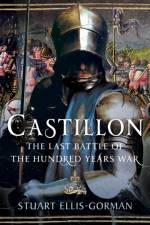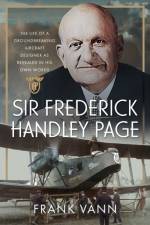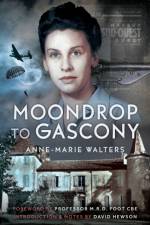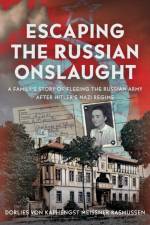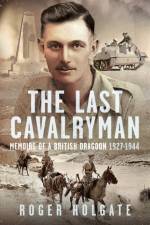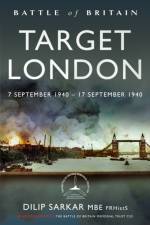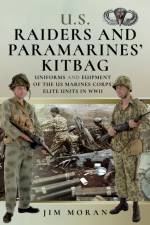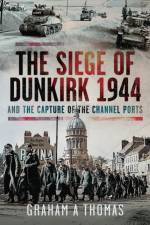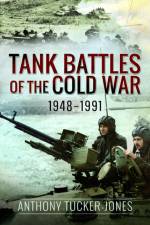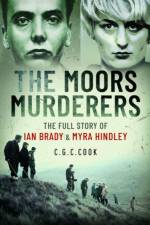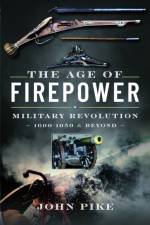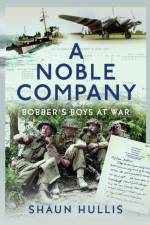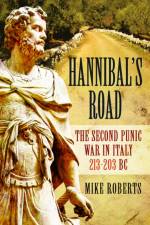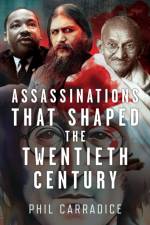av April Taylor
321
All monarchs have need of those to whom they give their trust. Never was this more essential than for the kings of Medieval England. From the Norman victory of 1066 to the bloody demise of Richard III in 1485, the stings and arrows of royal life bred relentless vigilance, distrust, and paranoia. This volume covers a period of 419 years. It starts with a bloody battle and ends with a bloody battle. To understand the lives and actions of court favourites, one must also know about the monarchs they served. In this book, you will read short biographies of each monarch, followed by a few of those courtiers to whom they gave their trust, not always deserved. You will read about the vicious actions of William the Conqueror, who, despite his victory on Senlac Hill, took five years to subdue the English, but who could not have achieved his victories without trusted lieutenants like William Fitz Osbern. How Stephen's innate indolence almost lost him England, had it not been for William of Ypres, and how Matilda's half-brother, Robert of Gloucester, kept her hopes of finally sitting on the throne bequeathed to her by her father Henry I alive. The Plantagenet kings changed the face of England, often bringing riches to those who hitched their wagons to the monarchy. Men still revered today, like William Marshal, known as The Greatest Knight, who faithfully served five kings. Various younger brothers held high church offices. Not all served to enrich themselves. John Beauchamp became a favourite of Edward III but was not overtly mercenary. The Wars of the Roses left England virtually bankrupt. The favourites on either side, the Lancastrian Somersets and the Yorkist Nevilles, gained enormous wealth and power, determined to fight to the death. The death that ended it was Richard III's on 22nd August 1485, when Henry Tudor grabbed the throne, and the Tudor Age began.


